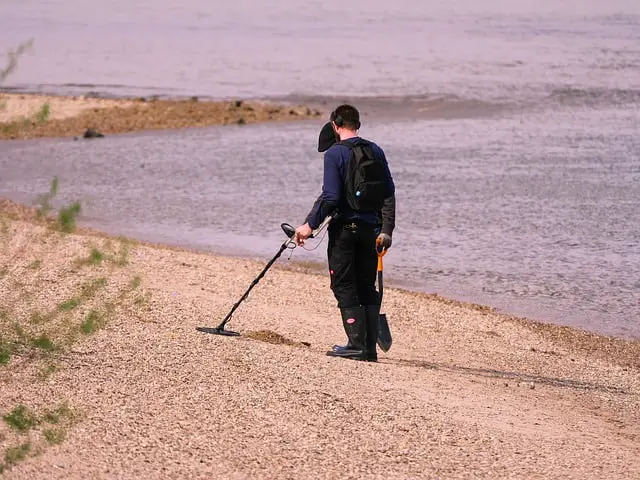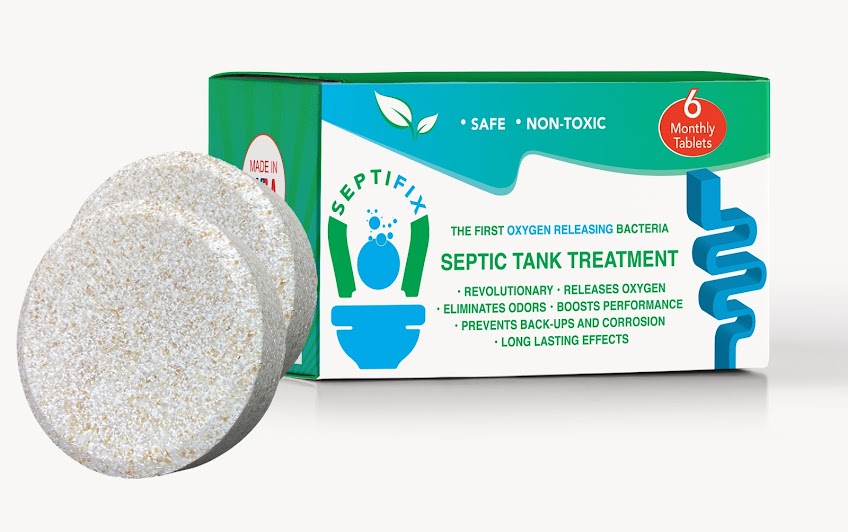How much electricity does an aerobic septic system use?
Homeowners looking to install a new septic system have two choices. They can choose either an anaerobic system or an aerobic one. The main difference between the two is in how they work. An aerobic system uses oxygen-dependent (i.e. aerobic) bacteria to break down solid waste, while an anaerobic system uses non-oxygen dependent bacteria (i.e. anaerobic) bacteria for treating waste. Both have their pros and cons, but an aerobic system produces higher quality secondary effluent. The operating costs of these two types vary because they work differently.
So, how much electricity does an aerobic system use? An aerobic septic system uses 86 watts per hour on average. To put things into perspective, this is less than what a 1000W light bulb consumes. Keep in mind 86 watts an hour is the average figure. Your aerobic system may consume more or less than that depending on its model and make, age, capacity, and usage.
In this post, we will discuss:
- What is an aerobic system?
- How does it work?
- What are the operating costs of an aerobic system?
- What are main advantages and disadvantages of an aerobic system?
Call Septic Service Pros 1.855-925-0760 For Service or Request a Quote
What is an aerobic system?
An aerobic septic system is a type of septic system which used an aerobic procedure rather than anaerobic procedure to break down waste. In simpler words, aerobic systems have oxygen-dependent bacteria, called aerobic bacteria, which digests solid waste.
Compared to anaerobic systems, aerobic ones are more efficient in treating waste. As such, many people prefer them over their anaerobic counterparts. Also, in some situations, it is only possible to use an aerobic system. For instance, if you have a house in an area with poor soil conditions, you probably will need to set up an aerobic septic system. Anaerobic systems, as a general rule, are not recommended in this situation. The same holds true if your house is very close to the surface water.
How do aerobic systems work?
Aerobic systems are more complex than conventional (aka anaerobic) septic systems. While anaerobic systems rely only on the septic tank to separate grease, solids, and fats, aerobic systems deploy oxygen infusion to digest.
An aerobic treatment unit treats wastewater in four distinct stages. These are:
- Pre-Treatment: This is the first stage in which solid gets separated from the wastewater.
- Aeration Chamber: Aerobic systems use an aerator, a device that circulates bubbles in the wastewater tank to ensure a stable environment for aerobic bacteria. This, in turn, allows them to efficiently digest solid waste.
- Disinfection: In this step, the wastewater leaving your aerobic unit is treated. As a result of which, the effluent leaving the unit is of higher quality. Usually, chlorine is the preferred disinfectant, but ultraviolet light can also be used.
- Final Treatment Disposal: The last step involves discharging the effluent leaving the aerobic septic unit into a leach field or a drain field.
Call Septic Service Pros 1.855-925-0760 For Service or Request a Quote
What are the operating costs of an aerobic septic unit?
An aerobic system uses 86 watts per hour, on average, when it is in continuous operation. To put things into perspective, this is less than what a 1000W light bulb consumes. It is possible that your aerobic unit may use more or less than 86 watts per hour. That is because the electricity consumption often varies from one model to another. Some aerobic septic units may consume more power than others. Also, older or larger units may have a higher electricity consumption rate than younger or smaller aerobic units.
But in this article, we will use the average figure to calculate the operating costs.
So, at 86 watts per hour, your aerobic system will use 2,064 watts per day (86 watts x 24).
In a 30-day period, it will use 61,920 watts. That comes around to roughly 62 kilo watts a month.
Now that you know the monthly consumption of your aerobic system, you can easily calculate its running cost based on the electricity rates where you live. In general, the running costs of an aerobic system ranges anywhere between $25 and $250 a year, based on the electricity rates in your location.
What are the main advantages and disadvantages of an aerobic septic system?
Aerobic septic systems, while costlier than anaerobic systems, are becoming more popular. That is mainly because they can be used in situations in which anaerobic units are not recommended. Also, aerobic septic units produce a higher quality secondary effluent than conventional septic systems. Secondary effluent coming out of an aerobic system is sterilized and used for the purpose of surface irrigation.
Advantages
- A higher quality effluent treatment
- Suitable option for homes built on poor soil types
- Secondary effluent can be sterilized and used for the purpose of surface irrigation
- Minimizes drain field clogging
- Reduces nitrogen
- Suitable option for water conservation (with many US states allowing the treated wastewater for irrigation)
- Better overall system performance
- Longer lifespan than anaerobic systems
Popular as aerobic septic systems are, they have a few drawbacks. But overall, the benefits outweigh the drawbacks.
Disadvantages
- Blower noise
- Consumes more power than anaerobic systems
- Slight smell in case the system is not properly vented
- Higher installation costs
- Must be insulated in cold weather
Keep in mind that aerobic septic systems require regular maintenance just as much as anaerobic ones. Therefore, schedule a septic inspection on a regular basis, preferably once a year. Also, get your aerobic system pumped once every 2 to 3 years, depending on its size and usage.
Last but not the least, you should not overburden your septic tank because that can lead to clogging. This is true for all septic systems, regardless of whether they are aerobic or anaerobic. Additionally, do not flush sanitary napkins, medicines, cat litter, coffee beans, etc. into your septic tank because bacteria cannot digest them. And if you ever need septic tank maintenance, always trust licensed professionals.









